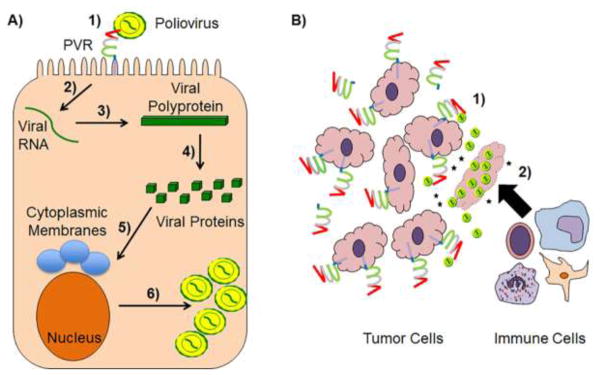Fig 2. Schematic of the poliovirus life cycle and oncolytic viral therapy.
A) 1) Poliovirus binds to PVR at the cell surface, which may be facilitated by LPS, to enter the target cell. 2) The poliovirus positive single-stranded RNA genome is translated by host cellular machinery to produce a large polyprotein. 3) The polyprotein is then autocleaved into distinct viral proteins that 4) induce cytoplasmic relocalization of nuclear proteins and the formation of membranous structures with distinct lipid and protein compositions. 6) These events then allow the viral RNA-dependent RNA polymerase to replicate its genome and progeny virions to form. B) Several cancerous cell types upregulate transmembrane and soluble PVR isoforms making cells more susceptible to oncolytic poliovirus. This method combats tumors by 1) direct lysis of neoplastic cells and 2) the release immunostimulatory molecules, such as cytokines and cancer antigens, (black stars) that recruit immune effector cells into the tumor microenvironment, effectively training the immune system to destroy the tumor.

